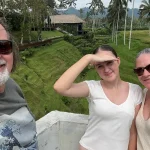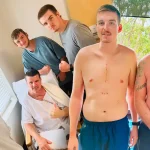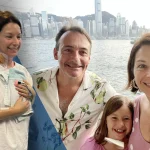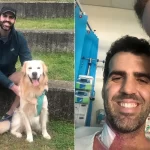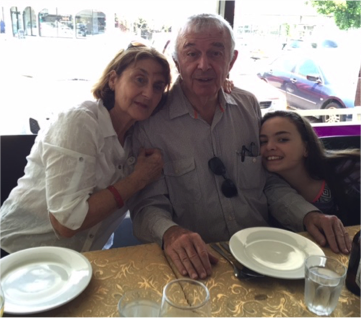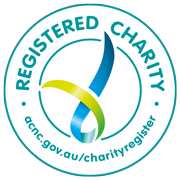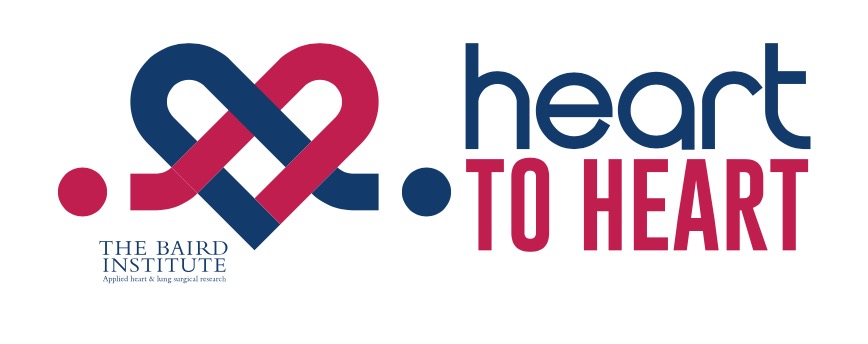My Recent Double Bi-Pass Surgery
JOHN MOORE, 77 YEARS, WEST PENNANT HILLS
Following a Difficult 2016 health wise, I was feeling well enough to resume my morning walks around the block. I was very unfit following a relatively inactive period, so initially I struggled, but things improved the more I walked. However, I did notice that I became breathless walking up inclines, so I mentioned this to my kidney specialist, Dr, Shawn Deep Sen at Concord Hospital, who referred me to Dr. Chris Naoum, a cardiologist at the same hospital.
Dr. Naoum carried out an ECG which looked fine but when he gave me a stress test it did not go so well. Dr. Naoum expedited an angiogram at Concord and it was confirmed that I had two blockages, with a third to further investigate. The two definite blockages could not be stented, so Dr. Naoum advised surgery to fix the problem. A subsequent second angiogram confirmed the third blockage was insignificant and did not need work.
Obviously, I was concerned that I needed to have such radical surgery at my age and with my existing kidney issues, I was keen to have a good, experienced surgeon to perform the operation.
Dr. Naoum referred me to Professor Michael Vallely, one of the few surgeons in Australia who can do this operation “off pump” i.e. he does not put you on the heart-lung machine- rather the heart is still beating when he does the surgery. Magic isn’t it!
I met Dr. Vallely and he explained the benefits of this procedure.
- Far less chance of stroke
- Less chance of infection because the operation would take 3½ hours instead of 5 hours.
We scheduled the operation for 8 am on March, 21st only 17 days ago.
I checked into the Macquarie Private Hospital on Monday March 20th. To be honest, with some fear and trepidation. On the morning of the operation, I spent time with my anaesthetist, Dr. Michael Wirth, which was both informative and re-assuring. I was then taken down to be “prepped” and that’s the last thing I remember until the following morning, Wednesday, April 22nd, when I woke up in I.C.U.
In the meantime, Dr. Vallely took me back into theatres at around 5.00 pm on the 21st, because of slight bleeding, brought about by the large doses of Prednisone I had been on. I’m told this took about an hour and I was fixed and back in ICU.
At all times through my hospitalisation, Dr. Vallely maintained good telephone dialogue with my wife, which eased her concerns. I stayed in ICU for 2 nights, then moved to the Coronary Care Unit (CCU), then into the wards.
Whilst in the wards I suffered a minor complication where my heart began beating at about twice the normal rate – nothing unusual in this sort of surgery. I was moved back to CCU for further treatment and within a few hours my heart rate was back to normal. I spent 2 days in CCU, then I was back in the ward.
Only eight days after the operation, I was discharged. I’m writing this from Lady Davidson Hospital in Turramurra a live-in rehab facility for patients like me. I will check out of here in a few days, 12th April and go home. I then plan to attend rehab as an outpatient.
I would highly recommend that both in-house and outpatient rehab are on your priority list, as it is a big operation. I’m finding the disciplined approach to physio, particularly, very beneficial. Remember, if you want to make a good recovery, you have to work at it.
Finally, can I thank the team of health professionals who have looked after me. This is especially the case for the nursing team at both hospitals. What a Great Country we live in!

